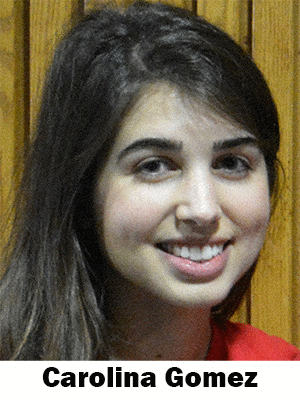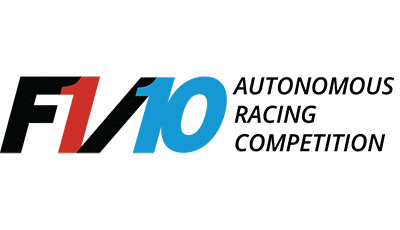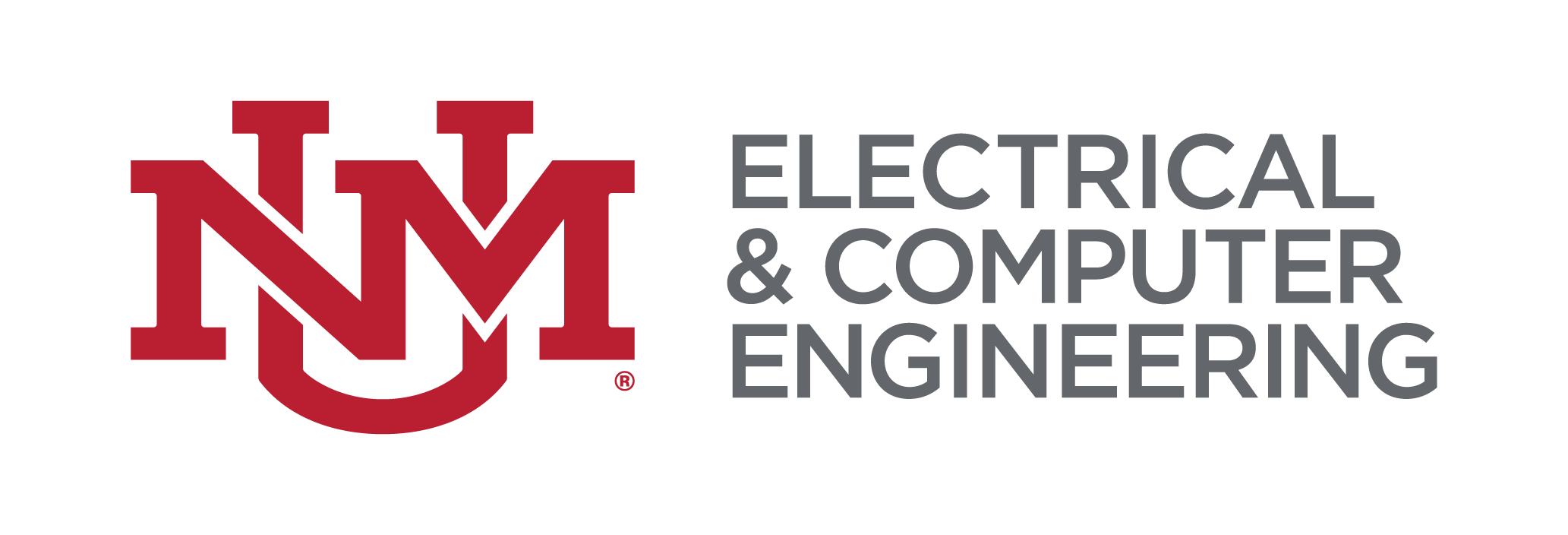Recent News
December 5 Seminar: Sal Portillo
December 3, 2025
November 21 Seminar: Jim Aarestad
November 19, 2025
November 14 seminar: Manel Martínez-Ramón
November 12, 2025
November 7 seminar: Bradley Ratliff
November 5, 2025
News Archives
ECE LoboRacers Place 2nd at ESWEEK
January 15, 2017 - by Chuck Reuben

The ECE “LoboRacers” Team placed second in the First International F1/10 Autonomous Racing Competition that took place in Pittsburgh, PA October 1 and 2.
The race took place during Embedded Systems Week (ESWEEK) and pitted the ECE team against ASU, Temple, UPENN, and students from Zurich.
ECE Professor Rafael Fierro played the role of “Faculty Facilitator” and was able to get support from Sandia National Labs and ECE.
“Without the support from both Sandia and ECE we would not have been able to participate in this competition,” said Fierro.
Autonomous cars, or self-driving cars, are in the news lately and it is events like this one that help to teach students about microcontroller hardware, embedded C programming, analog I/O, timers, code optimization, interrupts, concurrency and embedded control networks.
“Autonomous cars are already here and soon will become part of our daily life,” continued Fierro. “They have the potential to profoundly impact our society as computers did in the past. Our students should be prepared to overcome the technological challenges of our increasingly complex society where transportation will be mostly if not all autonomous.”
“We have been working in the field of autonomous robotic systems for many years”, Fierro continued. “Branching into autonomous cars is a natural and logical next step for my group at ECE. I think our novel research contributions in robotic systems can positively impact the emergent area of autonomous cars.”
Even though the cars in this race were only 1/10th scale model and there were only five entrants, the competition was fierce, “It might be 1/10th the scale, but it's 10 times the fun!” bragged the promoters of the F1/10 race. “"if everything seems under control then you're not going fast enough.”
 Indeed, the race cars were capable of reaching speeds up to 40mph which, according to a scale speed calculator, would equal 126 mph. Four students from the ECE department attended the race: Greg Brunson (EE junior) who also works at Sandia National Labs; Carolina Gomez (EE sophomore); Rebecca Kreitinger (CE sophomore) and Jonathan West (PhD student, EE) who acted as the team’s mentor.
Indeed, the race cars were capable of reaching speeds up to 40mph which, according to a scale speed calculator, would equal 126 mph. Four students from the ECE department attended the race: Greg Brunson (EE junior) who also works at Sandia National Labs; Carolina Gomez (EE sophomore); Rebecca Kreitinger (CE sophomore) and Jonathan West (PhD student, EE) who acted as the team’s mentor.
“I was working on my PhD in the same lab so they roped me into the competition,” joked PhD Student Jonathan West.
“Greg, being a junior level student, put in a lot of hours to the project and the programming and served as our team leader,” said Gomez.
“Jonathan was definitely our mentor through the process: He helped us go in the right direction when we were lost and was an excellent chauffeur in Pittsburgh,” said Kreitinger.
The UNM ECE undergrads were the youngest people in the F1/10 race: The majority of the competitors were graduate students. And of the three women competing overall, two of them came from our department (Gomez and Kreitinger).
ECE Racing Team
The first day (Oct. 1st) was a practice day where all the teams got to try out their code on the track. The second day (Oct. 2nd) was the actual competition date with two heats.
The competition consisted of two heats lasting 15 and 10 minutes. During this time each group has to do as many laps as possible and the fastest time was recorded. During the first heat the LoboRacers placed third.
“We knew we had to go faster so we went to a different floor and tested our program till we could shave off a few seconds,” said Kreitinger. “When the second heat came we were able to shave off 20 seconds putting us in second, only five seconds behind first place.”
The LoboRacers placed 2nd, only behind the host team, UPENN and placed only 5 seconds slower. The goal of the competition was to create the fastest autonomous racing car.
“The only difference between our car and the others was in the software,” said Jonathan West.
“Although we developed a sophisticated mapping and path planning algorithm, our inadequate odometry sensors and limited time forced us to instead race with a much simpler, wall-following routine.
What made our car better than the others was the fact that we carefully tuned the control gains in order to maximize the speed without compromising stability. We also employed a unique state logic to detect and react to corners which allowed us to take corners at much higher speed than our competitors.”
“Our car used a wall-following program that allowed it to calculate the distance from the center of the hallway and correct accordingly,” said Brunson. “Next time around we hope to improve our odometry sensing and finish implementing mapping and localization techniques, such as Hector SLAM and AMCL. This will provide our car with information about the track layout beforehand, allowing it to drive faster and with more confidence.”
Clearly, coming in second place in the competition did not cast a shadow upon the LoboRacers.
“The overall experience was amazing,” said Kreitinger. “Everyone was there with their cars, with the same problems, the same goals, and the same passion. It was very easy to connect to someone because all you had to do was ask them about their car. Not only that, everyone was very helpful. If we needed to do a last minute change but we didn’t have all the supplies, there was always someone to help us out.”
